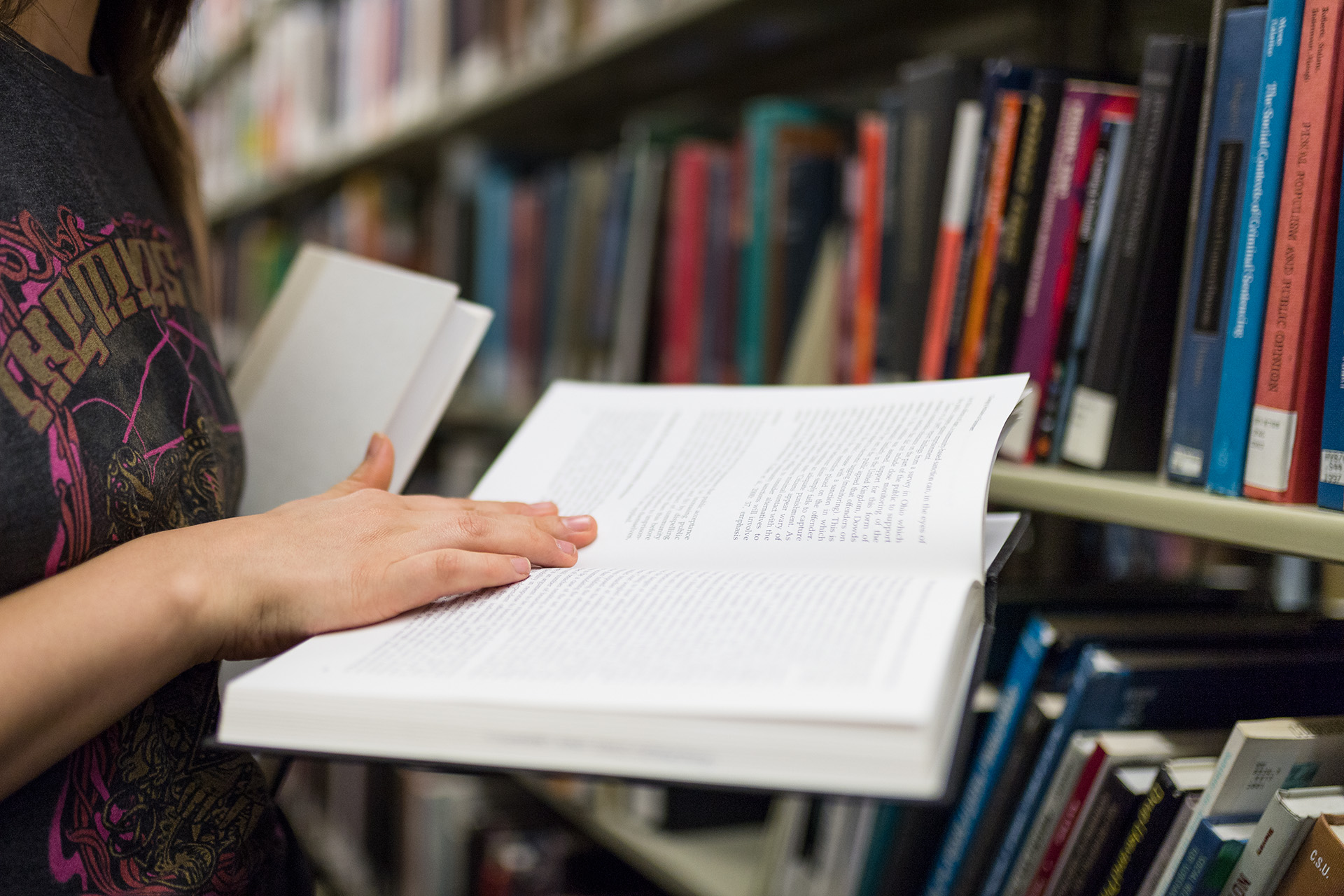
This semester, the Colorado State University Libraries and Department of History partnered to improve student outcomes in classes with high drop, withdraw, and fail rates by engaging students with research resources.
Over the course of the fall semester, Meggan Houlihan, head of the CSU Libraries’ Student Success Unit, worked with 10 history classes to engage students across majors and disciplines in historical research.
“Our collaboration shows how you can tier skills, with starting history students thinking creatively about information,” Houlihan said. “What is a primary source to a non-history major? And how do you develop those skills over students’ academic careers to dig deep and keep things fresh?”
Demystifying research for students

By demystifying the research process, Houlihan helped hundreds of students in classes ranging from introductory history courses to 400-level capstone courses become more comfortable with using the libraries’ databases and the different types of sources used in historical research.
She helped students find reputable sources, explore library databases, and analyze what sources are available in historical records to consider which voices may be missing. For specific upper-division history classes, Houlihan compiled four digital research guides on the CSU Libraries’ website to guide students through the research process by giving them a comprehensive roadmap into the different digital and print resources available to them.
“Being able to navigate the library to research is often a skill students need to sharpen, especially if they are unfamiliar with all that the library offers in terms of primary and secondary sources, research help and online tools,” said Associate Professor Mike Childers.
Houlihan conducted two in-class trainings for Childers’ historical methods class where students learned how to use the library in their work – which proved invaluable as students researched topics ranging from the Hapsburg Empire to the U.S. military’s introduction of jazz to Japan.
Students who haven’t taken college-level history classes before may feel uncomfortable asking for help from a professor on how to find sources and conduct research.
By providing open-format presentations that explore the Libraries’ vast digital and print resources while also giving students class-specific webpages to begin their research, Houlihan helped empower students to find reputable resources and ask questions to find the best sources to frame their research.
Creating digital tools to guide learning
In a learning assessment survey, one student remarked that they particularly liked the research help section for HIST 476: The History of America’s National Parks, whose first exposure to the resource came through Houlihan’s presentation. The guide includes information on how to find background information, books, articles and primary sources – as well as how to properly cite all the sources they’ve found.
Informative digital resources, such as online research guides, mean students can integrate a variety of different primary and secondary sources into their projects, which helps them personally engage with history.
“Meggan went the extra mile to develop students’ research skills by creating tailor-made websites with information pertinent to them,” said Instructor Doug Sheflin, whose classes benefitted from the partnership. “This collaboration helped students look for sources and develop their research skills by looking for sources in real-time with an expert to walk them through.”
Collaborating with the History Department has also created important conversations around what voices historical sources represent. Houlihan noted how advising students in Associate Professor Sarah Payne’s national parks history capstone helped students consider what voices might be missing in historical scholarship.
Increasing confidence, expanding research sources
According to preliminary data, the pilot program has been successful in enhancing student learning and increasing their awareness of the library’s resources. In a random sampling of four classes, 95% of students reported learning something new to help them succeed in classes and 94% felt more confident about completing assignments.
“I liked that we went step by step, and I was able to follow along on my computer,” said one student. “I learn by doing things hands on, so this made it very easy to learn!”
Students noted how their understanding of resources available to them changed how they conducted research, with several saying they felt more comfortable using digital resources. In fact, 84% of surveyed students were more aware of resources and services provided by the libraries. According to one student, Houlihan’s presentation “was extremely helpful and helped me better understand library resources. I was unaware of the specific collections available for history.”
“Most students didn’t realize the range of library resources that existed,” Sheflin said. “When you realize that the library has Google-level searchability, that changes everything.”
With the success of this pilot collaboration, the libraries hope to expand these innovations to other GT-Pathway courses that all undergraduate students are required to take. These courses can use the same frameworks and digital resources Houlihan created as they involve information literacy components.
“Information literacy is vital in the world we live in, which creates the need to approach information critically and develop research skills,” Sheflin said. “Knowing you have help in your research is huge for students in terms of confidence, and this collaboration allowed students to realize the infrastructure in place for their success.”